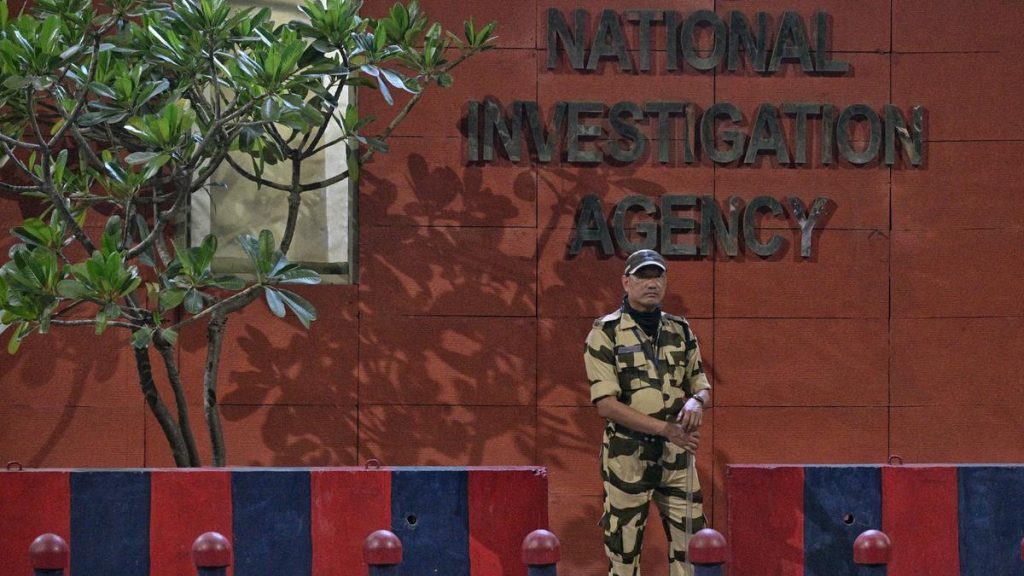Now Reading: Polar Geoengineering Experiments Aim to Refreeze Arctic Sea Ice
-
01
Polar Geoengineering Experiments Aim to Refreeze Arctic Sea Ice
Polar Geoengineering Experiments Aim to Refreeze Arctic Sea Ice

Speedy Summary
- Arctic sea ice is melting rapidly due to climate change, accelerating global warming. Real ice, a U.K.-based organization, is experimenting with polar geoengineering to artificially thicken sea ice by pumping seawater onto the surface to freeze under cold air.
- The project has demonstrated small-scale success, creating 250,000 square meters of new ice last winter and plans a larger demonstration covering 100 square kilometers by 2027-28.
- Real Ice envisions scaling this technique up across one million square kilometers of Arctic sea ice using autonomous underwater drones powered by renewable energy sources. Full implementation would cost an estimated $10 billion annually.
- Geoengineering efforts involve risks such as salt retention on the ice that could accelerate melting and ecosystem disruptions affecting animals like seals and polar bears that rely on snow cover for survival.
- Indigenous communities in Canada’s Cambridge Bay area have mixed views about the impact of artificial sea ice thickening on wildlife and customary hunting practices tied to their livelihoods.
- Critics argue funds might be better spent on reducing carbon emissions or developing cleaner energy technologies rather than pursuing geoengineering solutions with uncertain outcomes.
Indian Opinion Analysis
The melting Arctic holds direct implications for India. Rising global temperatures will intensify climate challenges such as extreme weather events, floods due to rising sea levels, and disruptions in agriculture-the backbone of India’s economy.While global collaborations addressing greenhouse gas reductions remain paramount for mitigating thes impacts long-term, experimental interventions like polar geoengineering add complexity.Real Ice’s approach reflects humanity’s creative yet controversial path forward-a technological band-Aid aimed at biding time amid slow emissions reduction progress globally. From India’s viewpoint, such innovations open critical conversations about balancing immediate-action technologies against unintended ecological repercussions possibly destabilizing vulnerable ecosystems worldwide.
India may also draw lessons from Indigenous concerns in Canada: environmental interventions must honor community participation while assessing socio-environmental ripple effects thoroughly before moving forward as part of broader climate crisis management strategies.




























